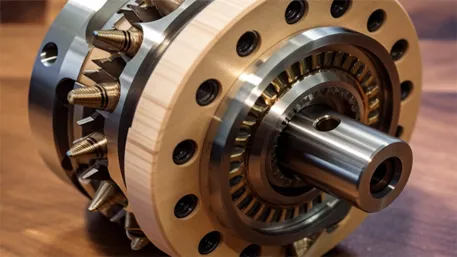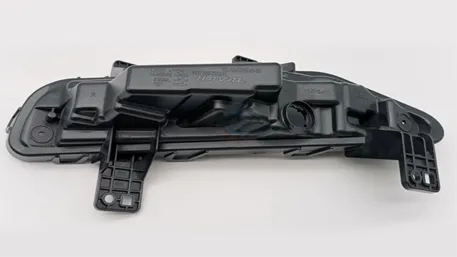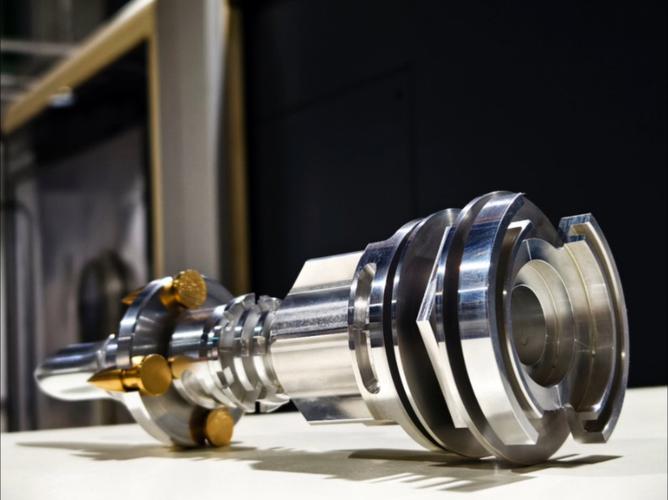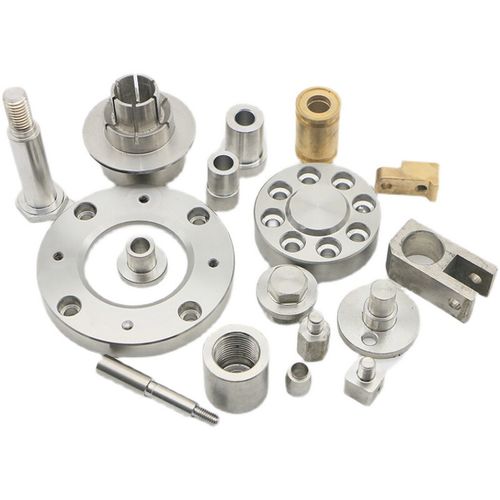In the world of manufacturing, understanding the distinctions between different machining processes is crucial for making informed decisions. Two commonly debated methods are CNC machining and milling. This article aims to explore the differences between CNC machining vs milling, helping you determine which approach best suits your specific project requirements.
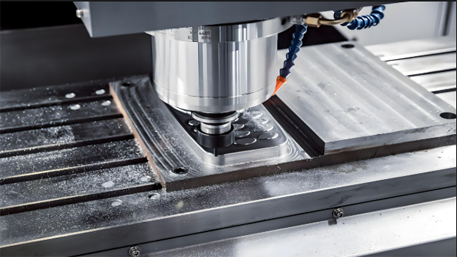
Defining CNC Machining and Milling
CNC (Computer Numerical Control) machining is a subtractive manufacturing process. It involves using pre-programmed computer software to control the movement of machine tools. These tools can include lathes, mills, routers, and grinders. With CNC machining, manufacturers can produce highly complex and precise parts with minimal human intervention. This process offers a high degree of automation, allowing for consistent quality and repeatability across multiple production runs.
Milling, on the other hand, is a machining process that uses a rotating cutting tool called a milling cutter. The cutter removes material from the workpiece by advancing it into the material at various angles and depths. Milling can be performed manually or with the assistance of computer controls. Manual milling requires a skilled operator to control the movement of the cutter, while CNC milling automates this process for greater accuracy and efficiency.
Precision and Complexity
One of the key advantages of CNC machining is its ability to achieve extremely high precision. The computer-controlled nature of CNC machines allows for tight tolerances, often within a few thousandths of an inch. This level of precision makes CNC machining ideal for manufacturing parts that require exact specifications, such as those used in the aerospace, medical, and automotive industries.
CNC machining also excels in producing complex geometries. Through the use of multi-axis machining capabilities, manufacturers can create parts with intricate shapes, contours, and internal features. The ability to program the machine to perform multiple operations in a single setup further enhances the complexity of parts that can be produced.
Milling, while capable of achieving good precision, may not offer the same level of accuracy as CNC machining in some cases. Manual milling, in particular, is subject to human error, which can result in slightly larger tolerances. However, CNC milling can approach the precision of other CNC machining processes when equipped with advanced control systems and high-quality cutting tools.
In terms of complexity, milling can produce a wide range of shapes and features, but the process may be more limited compared to CNC machining. Creating highly complex geometries in milling may require multiple setups and more extensive programming, increasing the time and cost of production.
Efficiency and Productivity
CNC machining offers significant advantages in terms of efficiency and productivity. Once the program is developed and the machine is set up, CNC machines can run continuously with minimal operator intervention. This allows for lights-out manufacturing, where the machines can operate unattended during off-hours, increasing production capacity and reducing labor costs.
The automation of CNC machining also reduces the time required for each operation. The machine can quickly move from one task to another, minimizing idle time and increasing the overall throughput of the production process. Additionally, CNC machines can perform multiple operations simultaneously, further enhancing productivity.
Milling, especially manual milling, can be a more time-consuming process. The operator needs to manually control the movement of the cutter, which can slow down the production rate. However, CNC milling can improve efficiency by automating the machining process. With the ability to program the machine to perform multiple milling operations in a single setup, CNC milling can reduce the overall production time.
Flexibility and Adaptability
CNC machining offers a high degree of flexibility. The ability to quickly reprogram the machine allows for easy changes in part design or production requirements. This makes CNC machining suitable for small batch production and prototyping, where the ability to adapt to changing needs is crucial.
In addition, CNC machining can be used to produce a wide variety of parts, regardless of their size, shape, or complexity. The same machine can be used to manufacture different components by simply changing the program and the cutting tools.
Milling also offers some flexibility, but it may be more limited compared to CNC machining. Manual milling requires a skilled operator to make adjustments to the machining process, which can be time-consuming and may not be as precise as CNC machining. However, CNC milling provides greater flexibility by allowing for easy programming changes and the ability to produce a variety of parts.
Cost Considerations
The cost of CNC machining and milling can vary depending on several factors, including the complexity of the part, the size of the production run, and the materials used. Generally, CNC machining may have higher upfront costs due to the investment in computer-controlled equipment and programming software. However, for large production runs, CNC machining can offer cost savings due to its high efficiency and productivity.
Milling, especially manual milling, may have lower upfront costs as it requires less expensive equipment. However, the labor-intensive nature of manual milling can increase the cost of production for large volumes. CNC milling can reduce labor costs but may require a higher investment in


